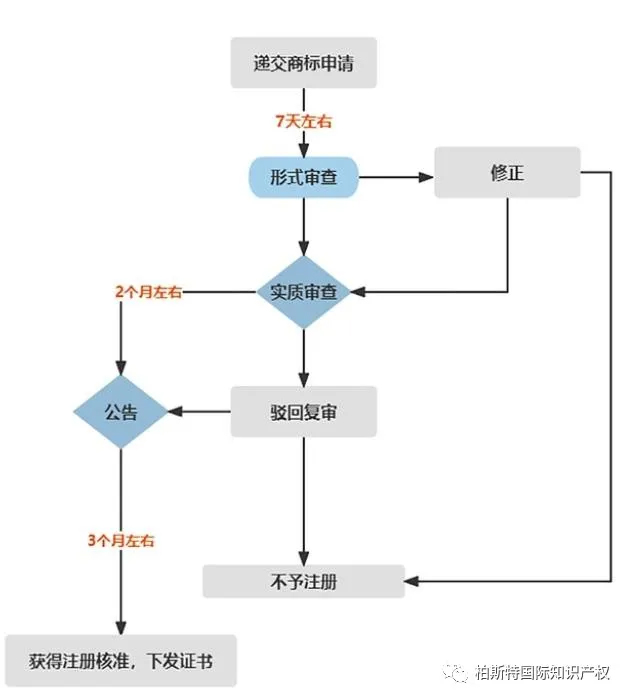- European

-
trademark law
Italy is a member of the Paris Convention and the World Intellectual Property Organization, one of the earliest countries in the world to recognize the effectiveness of trademark registration, and also a member of the European Union.
The Italian trademark law was formulated and implemented within the framework of relevant agreements of the World Trade Organization and the European Union trademark law, and came into effect on July 1, 2006.
The legal basis of Italian trademark law is the Treaty of Rome, the Madrid Protocol, and the European Patent Convention. According to EU law, there are differences between Italian trademark law and the laws applicable in other EU member states, but it remains the same as other member states. -
Registered types
At present, the Italian Patent and Trademark Office adopts the Nice Classification 11th edition for the description of goods and services and accepts applications for multiple classes under one standard. The elements that can be registered as trademarks in Italy include: text, letters, numbers, graphics, three-dimensional logos, color combinations, etc.
-
Registration restrictions
1. The logo must be able to display words, designs, letters, numbers, sounds, product shapes or their packaging, color combinations, promotional slogans, etc., but Italian trademarks do not support odor registration;
2. The symbol must have sufficient distinctiveness to distinguish a certain product or service from other products or services;
3. The logo used for registering Italian trademarks must not be a logo that violates laws, public morality, or order;
4. The logo used for registering Italian trademarks must not be fraudulent in terms of origin, nature, quality, etc;
5. The logo used for registering Italian trademarks shall not infringe upon the prior rights of others' trademarks. -
Duration
The validity period of the trademark is 10 years from the date of application, and thereafter, it can be renewed for 10 years at a time, with no limit on the number of times.
In Italy, the international classification of goods and services is based on the Nice Agreement. The trademark owner may transfer or grant licenses for all or part of the goods and/or services represented by the trademark. -
Revocation system
The invalidation or revocation application after trademark registration can generally be filed in accordance with the following provisions of the Industrial Property Code:
1. The trademark becomes a common name in the industry;
2. Trademarks can easily mislead the public, especially in terms of the quality of goods and the source of goods or services;
If a trademark has not been actually used in that country for five consecutive years after registration, anyone may apply for revocation, except for force majeure;
4. Conflicts with prior rights (such as prior trademark rights, copyrights, designs, etc.);
5. Malicious registration.
1. Single country application
2. Madrid International Registration
3. European Union Intellectual Property Office

The application will be accepted approximately one week after submission. The examiner will conduct formal and substantive examinations on the application.;
Mainly review whether the application requirements and classification information comply with regulations;
Including the distinctiveness of the trademark and whether it violates the prohibition and prohibition clauses.
If the review fails, a rejection notice will be issued and the applicant will be required to respond within the time limit specified in the rejection notice.
After approval, an announcement will be arranged, with a 3-month objection period from the announcement date. Any interested party or prior rights holder may raise objections, and the main reasons for raising objections are:
1. Conflict with prior trademarks, such as owning a prior registered trademark;
2. The trademark lacks distinctiveness;
3. The trademark has adverse effects;
4. Malicious registration;
5. Conflict with other prior rights, such as trade name rights, design rights, copyrights, personal names, etc.
If there are no objections or objections are not valid during the announcement period, the trademark will be officially registered successfully. In a smooth situation, trademark registration in Italy takes about 10 months; If there are any objections or rejections encountered during the process, the time will be extended (if there are no rejections, objections, etc.), which will take approximately 6-8 months.
If the applicant does not reside in Italy, they must entrust a specialized agent in their home country to handle the matter. The basic materials required for trademark application are:
1. Trademark design;
2. Category and specific product/service items;
3. Name and address of the applicant;
4. Power of attorney;
If priority is declared, priority proof documents and corresponding Italian translations must be provided.




